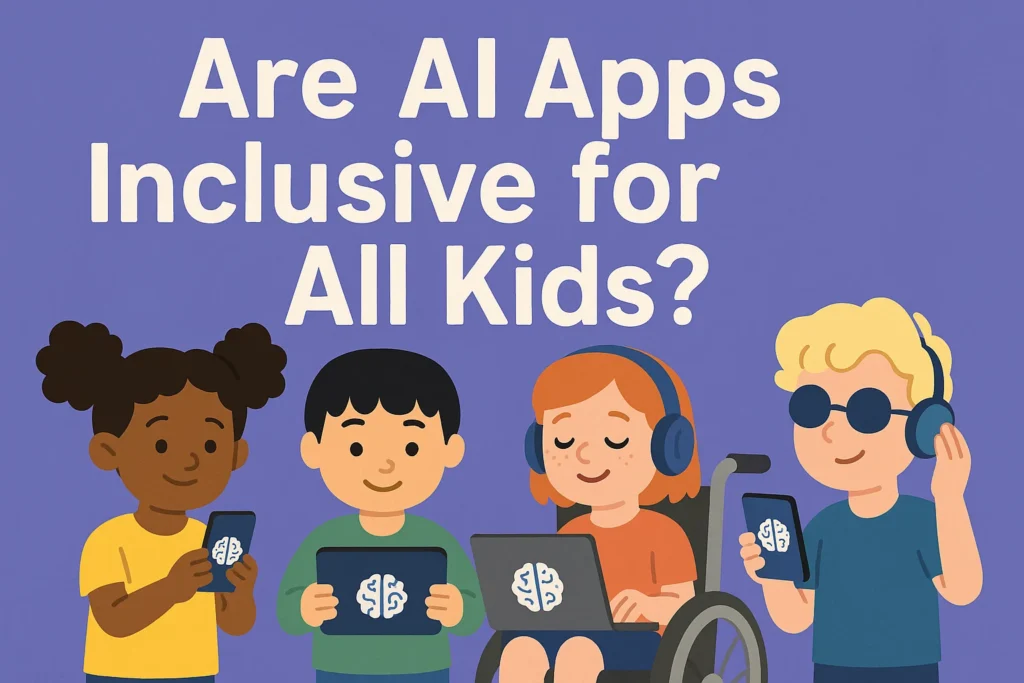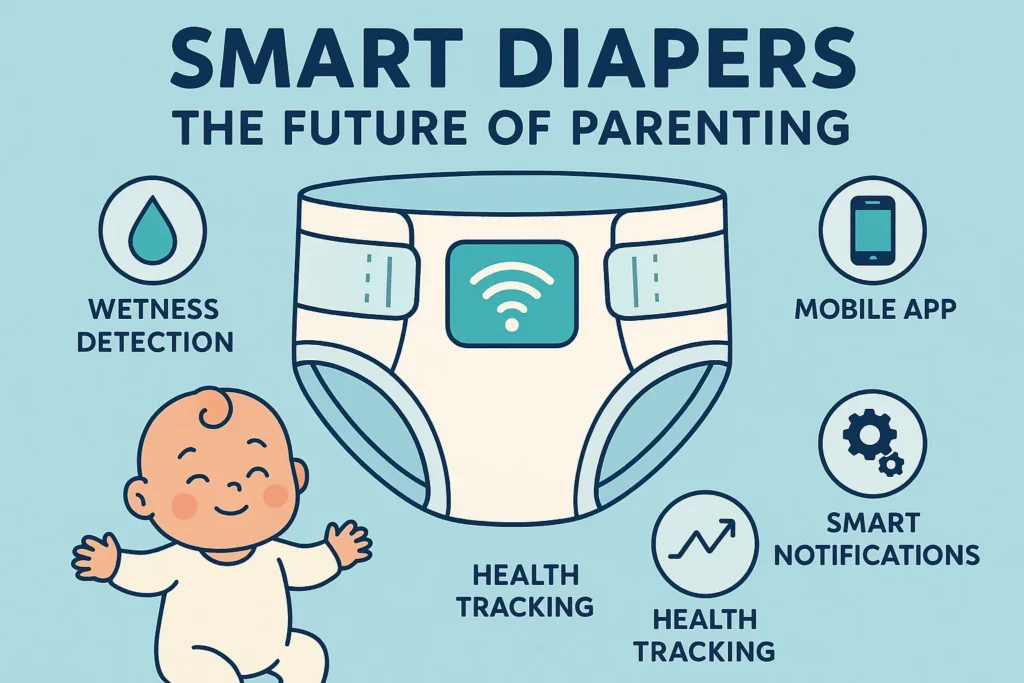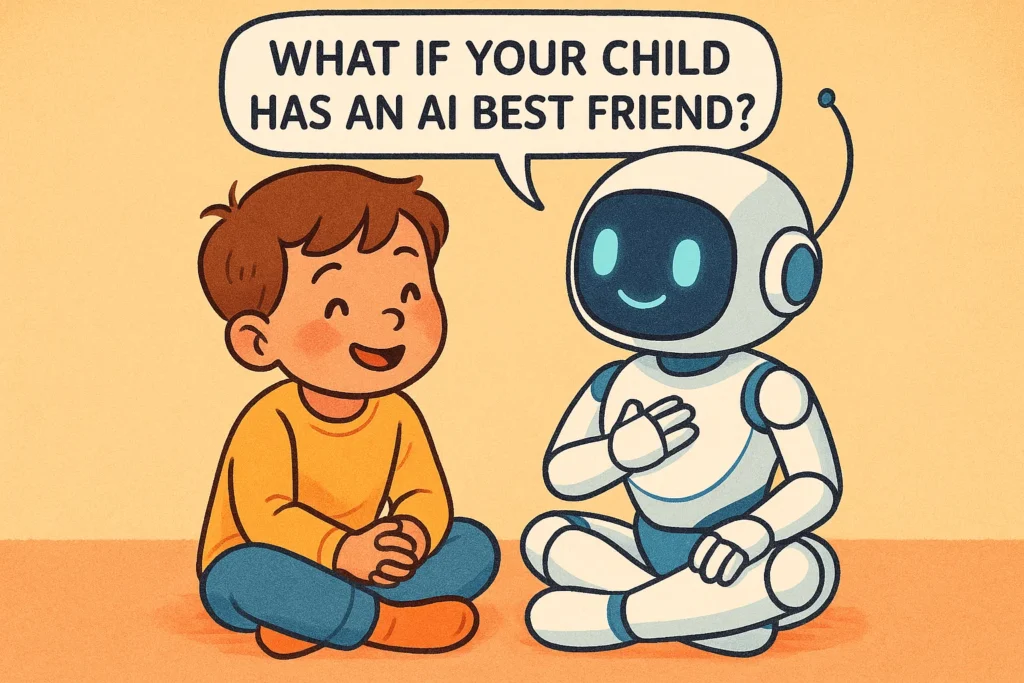🌟 Introduction
Are AI Apps Inclusive for All Kids: At AiBlogQuest.com, we explore how technology impacts every child — not just a few. As artificial intelligence continues to shape the way kids learn, play, and grow, one question stands out: Are AI apps truly inclusive for all children?
From adaptive learning systems to voice-enabled assistants, AI has incredible potential to make education and entertainment more accessible. Yet, the challenge lies in ensuring that every child — regardless of ability, background, or language — can benefit equally.
🧠 What Does “Inclusive AI” Mean for Kids?
Inclusive AI means designing apps and technologies that are:
-
Accessible to children with different learning styles or abilities
-
Usable by kids with physical or speech impairments
-
Culturally and linguistically diverse
-
Safe and free from bias or exclusion
When inclusivity is built into AI systems, every child gets an equal opportunity to thrive.
💡 7 Ways AI Apps Are Becoming More Inclusive
1. Adaptive Learning Experiences
AI can adjust lesson difficulty in real-time — helping children learn at their own pace. Whether a child excels quickly or needs more practice, the system adapts to fit them perfectly.
2. Voice and Gesture Controls
AI-powered voice and gesture recognition make apps accessible for children who cannot use traditional touch interfaces.
3. Multilingual Interfaces
Modern AI learning apps support multiple languages and accents, allowing kids worldwide to learn in their native tongue.
4. Visual and Audio Feedback
Apps use sound, animation, and colors to guide children with visual or auditory processing differences.
5. Emotion Recognition Tools
AI can sense when a child feels frustrated or confused and adjust content accordingly — creating a supportive learning atmosphere.
6. Personalized Recommendations
AI tracks each child’s strengths, suggesting lessons or games tailored to their abilities. This personalization ensures no one is left behind.
7. Support for Neurodiverse Learners
AI platforms now include features for children with autism, ADHD, and dyslexia, helping them focus, communicate, and engage better.
⚖️ The Challenges of Inclusivity
While AI has made great strides, there are still hurdles:
-
Data bias can result in unequal experiences.
-
Limited access to smart devices in low-income areas widens the digital gap.
-
Privacy risks arise when collecting sensitive child data.
Creating inclusive AI means involving educators, parents, and children from all walks of life in the development process.
🧩 The Future: AI That Understands Every Child
The future of AI in child development looks bright — but inclusion must be intentional. Developers must ensure their apps reflect real diversity, with datasets representing different cultures, disabilities, and learning environments.
In short, inclusivity isn’t a feature — it’s a foundation.
🔗 Useful Links – AiBlogQuest.com
-
How AI Helps Non-Verbal Kids
-
AI for Identifying Learning Disabilities Early
❓ FAQs
Q1. Are all AI learning apps accessible to children with disabilities?
Not yet, but many leading apps are introducing accessibility features like voice navigation and adjustable difficulty levels.
Q2. Can AI adapt to cultural differences?
Yes. Inclusive AI can be trained on diverse datasets to recognize cultural nuances and language variations.
Q3. What can parents do to ensure inclusivity?
Parents can choose AI apps that promote diversity, accessibility, and positive engagement for all children.Are AI Apps Inclusive for All Kids.Are AI Apps Inclusive for All Kids.



